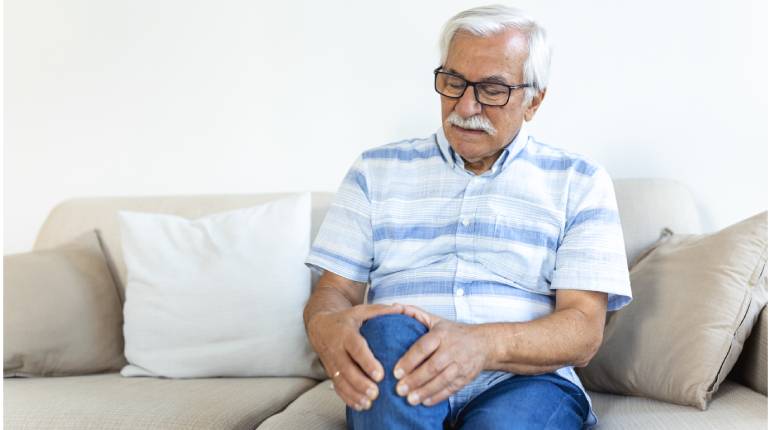Introduction
In the centre of the knee joint, two ligaments work together to stabilise the joint, one of which is the ACL (Anterior Cruciate Ligament). An ACL injury is a sporting injury that can cause instability and chronic pain. Although it is a highly strong ligament, the fibres begin to rip when it is stretched beyond its limit. ACL arthroscopic surgery is a long-term solution. Months of rehabilitation will follow procedures to strengthen and stabilise the knee and retrain proprioceptive function. If you have undergone ACL surgery, you must be very patient in recovering from it. For your ACL surgeon in Gurgaon treatment to be successful, you must be calm and advised to take some precautions.
- Control your pain
You won’t be able to perform the required workouts if you experience severe pain. Simple painkillers like Panadol and anti-inflammatories should be taken consistently, along with heavier narcotic medicines as needed, to control pain effectively.
- Do not forget the kneecap
The bane of ACL rehabilitation is kneecap discomfort, often known as patellofemoral pain. Sometimes the kneecap is damaged in the initial injury, but more often than not, the tightness of the tissues present outside of the knee and the weakness of the quadriceps that results after surgery cause the kneecap pain as a secondary occurrence. Stretches for the medial patellofemoral glide are a component of early therapy.
- Reduce Swelling
The inflammatory response brought on by the trauma of surgery includes swelling. The muscles stop functioning, and the joints become rigid. Treatment for swelling includes rest, ice, compression, and elevation (RICE). Use a compression Tubigrip sleeve on the knee for as many weeks as the swelling lasts. Aim for three to four 15-minute workouts per day.
- Recover Full Straightening
The most crucial thing after ACL restoration surgery is getting a perfectly straight knee (also known as an extension). But first, you’ll need to manage your discomfort and lessen the swelling to get it out completely straight. Throughout the day, perform many extension stretches. If you are sitting or lying down, extend your leg and place your heel on a pillow to gently force your knee to straighten. Remember that stretching activities have a low load and last a long time. Stretch and hold. A limp is persistent when the knee cannot fully straighten.
- Get your knee to bend
Following ACL restoration surgery, difficulty with knee bending (or flexion) is substantially less common. The physiotherapist will put you on the CPM machine the day after surgery, and knee bending is highly safe. Without some light pressing from you, the bending won’t return. In my rehab regimen, start with the drop and dangle exercise.
- Walk
One week of using crutches is a crucial turning point before resuming full weight-bearing. The first week should be spent on crutches and just partially bearing weight. However, muscle wasting will start to happen quickly if you continue to use crutches. Each stride you take causes the quadriceps, hamstrings, and calf muscles to contract, reestablishing normal neuromuscular function.
The precautions listed above must be followed after an Arthroscopic ACL surgery. For detailed information about Arthroscopic acl surgeon in Gurgaon, surgery, consult Dr Yugal, the best orthopaedic surgeon in Gurgaon at YKOrthopedics. Contact us at +91 8851376606

